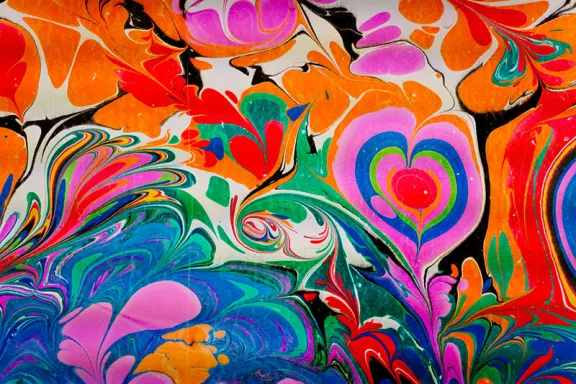
The Legacy of San Francisco’s Summer of Love and the Psychedelic Renaissance
San Francisco has long been associated with cultural movements that challenge the status quo, and one of its most iconic moments was the Summer of Love in 1967. The era of peace, love, and music left an indelible mark on American history, influencing art, fashion, and social attitudes.
At the heart of this movement were the flower children, or hippies, who embraced countercultural values and sought to create a more compassionate and inclusive society. Central to their experience were two powerful substances: cannabis and LSD.
Today, as the tide turns toward the decriminalization of psychedelics, we find ourselves asking if this renaissance will bring about a new era of awakening and unity.
“If you’re going to San Francisco,
Be sure to wear some flowers in your hair.
If you’re going to San Francisco,
You’re gonna meet some gentle people there.”
The Flower Children and the Summer of Love
The Mamas & the Papas’ iconic song, “San Francisco (Be Sure to Wear Flowers in Your Hair),” perfectly captured the spirit of the Summer of Love. John Phillips penned the tune to promote the Monterey Pop Festival and to celebrate the flower children of San Francisco.
The Haight-Ashbury neighborhood became the epicenter of this social phenomenon, drawing tens of thousands of young people who rejected consumerism, opposed the Vietnam War, and embraced peace, love, and freedom.
Cannabis and LSD
Cannabis, also known as marijuana, played a significant role in the culture of the Summer of Love. Widely available in Northern California, it was consumed through various means, such as bongs, hookah pipes, and joints. Cannabis served as a symbol of rebellion and a tool for introspection and creative expression.
LSD, a synthetic psychedelic drug, also found its place in the counterculture movement. Though its psychological effects were profound, LSD’s journey from a Swiss lab to the streets of San Francisco was paved with controversy.
The CIA’s experimentation with the drug without subjects’ knowledge added an air of conspiracy to its already mystical reputation. Figures like Ken Kesey and Timothy Leary became prominent advocates for LSD, spreading its influence through literature, music, and art.
The Legal Landscape
Despite the cultural impact of psychedelics, LSD was classified as a Schedule 1 drug in 1967, rendering it illegal to manufacture, possess, or distribute. The criminalization of psychedelics stifled research into their therapeutic potential for decades.
However, recent years have seen a shift in attitudes, with cities like Oakland and Santa Cruz decriminalizing substances like psilocybin mushrooms and ayahuasca. And early in 2023, State Senator Scott Wiener’s Senate Bill 58 proposes further changes, aiming to facilitate the supported use of psilocybin-containing mushrooms.
Psychedelics and Mental Health
The renewed interest in psychedelics stems from promising research on their potential therapeutic benefits. Studies have reignited hope for patients with mental disorders such as major depressive disorder (MDD) and post-traumatic stress disorder (PTSD).
Conventional treatments often fail to address these conditions, leaving patients with limited options. Psychedelics like psilocybin and MDMA (commonly known as Ecstasy or Molly) offer new avenues for treatment, offering the possibility of profound healing experiences and lasting relief.
The Path to a Psychedelic Renaissance
As the decriminalization movement gains momentum, questions arise about the potential societal impact. Can the reawakening of psychedelic exploration foster compassion, awareness, and love, leading to a revolution of unity for all humankind?
The concept of underground celebrations must emerge into the mainstream, promoting dialogue and understanding. By embracing these substances responsibly and facilitating their supported use, society may discover innovative approaches to mental health that have the potential to transform countless lives.
The legacy of San Francisco’s Summer of Love lives on as the ideals of peace, love, and freedom continue to inspire generations. With the decriminalization of psychedelics on the horizon, there is hope for a new era of awakening, compassion, and unity.
By harnessing the therapeutic potential of substances like psilocybin and MDMA, we may forge a path toward a more empathetic society that embraces alternative treatments and supports the well-being of all its members.
